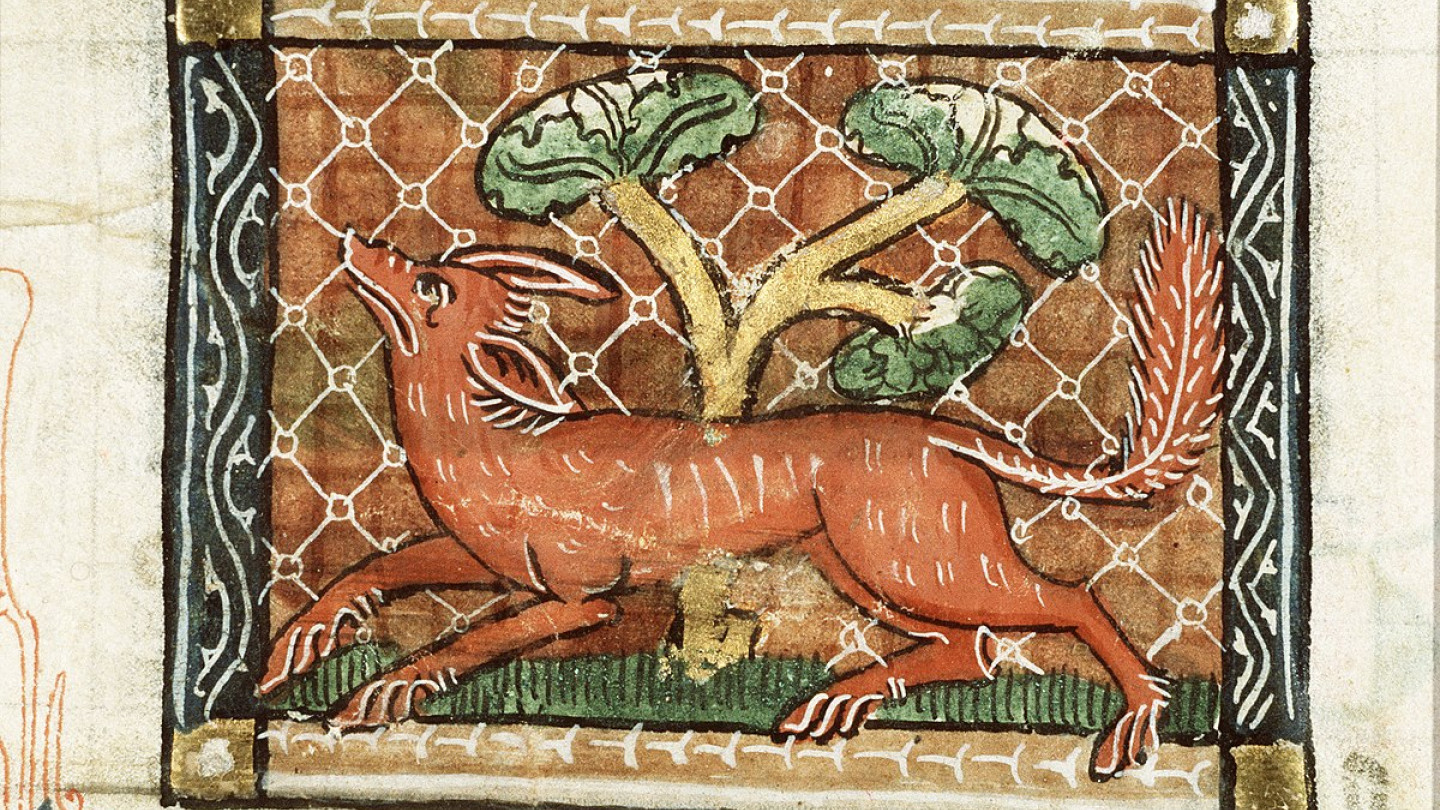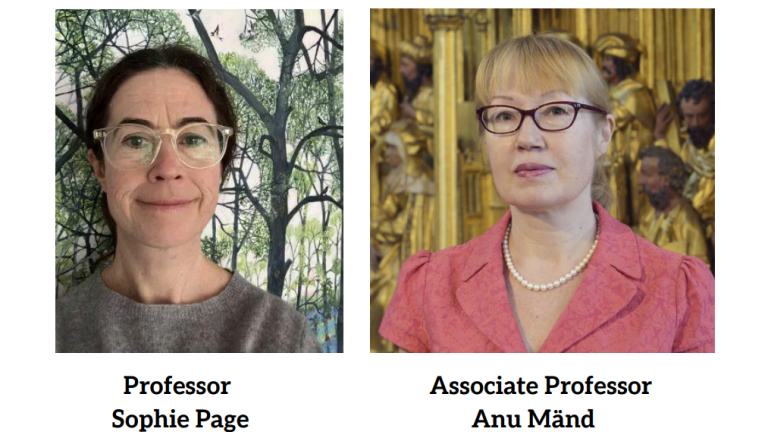Call for papers: Dies medievales 2026
The 18th Dies Medievales will be held in Jyväskylä 12–13 March 2026. The conference is organized by the University of Jyväskylä’s Department of Music, Art, and Cultural Studies, in collaboration with Glossa, the Society for Medieval Studies in Finland. Dies Medievales is a biennial international congress that brings together researchers from various fields of medieval studies. Prior to the congress, 11 March, a festive dinner and a special seminar will be held to celebrate the 30th anniversary of the Glossa Society.
The theme of the 2026 conference will be Nature in the Middle Ages. Medieval societies lived in close contact with nature, with reciprocal interactions between humans and the natural world shaping various aspects of life—from economics to religious thought, from magic to medicine, and everyday experiences. Nature was both feared and admired; it influenced the course of life and served as a rich source of symbolism in medieval culture.
A wide range of societal and intellectual structures and concepts were modeled on the perceived order of natural things. In philosophy, nature was the source of norms and formed the ideological foundation of social hierarchies. Art imitated nature, the library of portents, signs, and moral allegories. Rhetoric consistently invoked the categories of naturalness and unnaturalness to justify behaviors, values, theories, and beliefs.
Nature was also a place of work, a living environment, and a source of recreation, resources, and sustenance. It played a fundamental role in preserving and promoting human health and well-being. Plants, stones, and animals were widely used in medicine, and their presumed occult properties held a central place in the tradition of natural magic.
In recent decades, scholarship has explored medieval conceptions of nature from fresh perspectives, further enriched by cross-disciplinary endeavors. At the same time, novel methods and technologies have allowed for a more detailed examination of medieval relationships with nature and the natural forces driving large-scale demographic and socioeconomic processes.
We seek a broad range of approaches and time periods for the conference, with a particular emphasis on cross-disciplinary perspectives. We invite proposals on topics such as the following:
-
Order and exemplarity of nature and Creation
-
The study of nature and natural philosophy: Research on nature and nature as a source of information
-
Human-nature relationship: Cultural and societal aspects
-
Nature and God
-
Nature, health, wellbeing
-
Animals, plants and other beings as a part of the Creation
-
Nature, magic and alchemy (the traditions of natural magic, the naturalness and unnaturalness of magic)
-
Nature and economy: the use of natural resources
-
Ecology, the limits of resources, sustainable development
-
Nature and leisure: recreation in nature
-
Nature and language: the relationship between nature and language, nature as a defining factor of language
-
Natural and unnatural in the Middle Ages
-
Imitation of nature in arts: Nature as a model in visual arts, literature and music
-
Nature and species as symbols, allegories and signs
-
Natural processes and disasters, climatological and epidemiological challenges, socioeconomical and cultural resilience
-
Nature and knowledge transfer, geography of mobility and travel, contact channels, natural obstacles of communication and travel, isolation
Other topics are possible and most welcome. We especially encourage doctoral students to present their projects.
Conference languages are Finnish, Swedish and English. Each presentation will be allocated 20 minutes of time, followed by 10 minutes for comments and questions. We also invite proposals for thematic sessions. A session should include three 20-minute presentations, each followed by a 10-minute discussion or, alternatively, a 30-minute discussion at the end of the session.
A peer-reviewed theme number of the Mirator (Jufo 1) will be dedicated to the conference presentations.
Please submit your proposal via this link by 12 October 2025.
Doctoral students and early-career researchers considering applying to a doctoral program have the opportunity to present their research projects through a poster rather than a traditional presentation. Poster submissions should be sent via this link.
Authors will be notified of proposal acceptance by October 2025.
Info: dies.medievales@jyu.fi


